The endlessly popular destination of Tulum, just south of Cancun, has begun the most promising fight against sargassum to date in the Mexican Caribbean.
With a new containment initiative named “Tulum Against Sargassum”, it is hoped that this could spell the beginning of the end for sargassum as a seasonal headache to travelers.
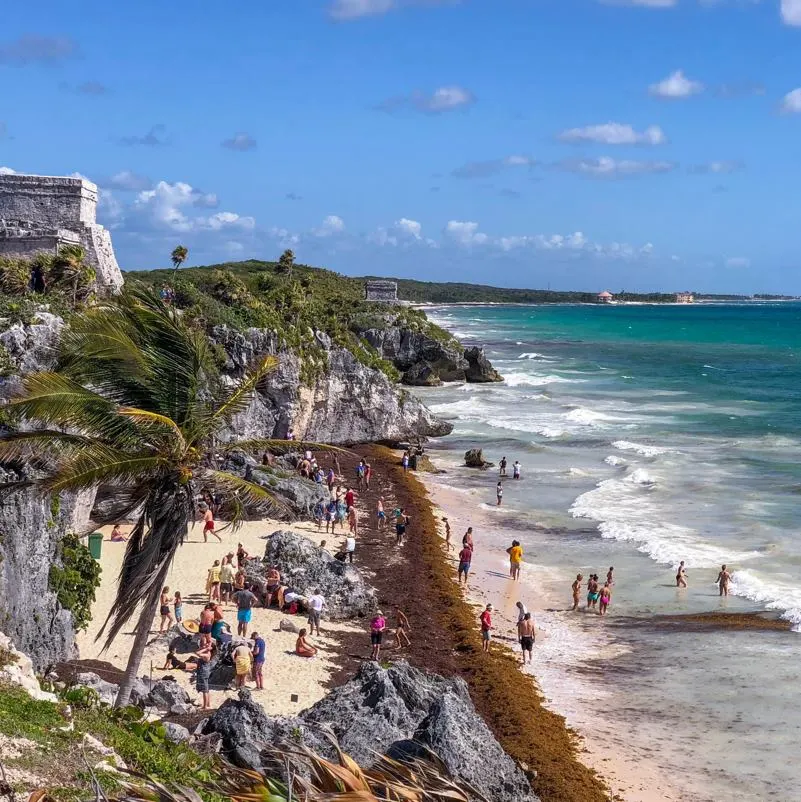
Investment In Prevention
Local municipal President (equivalent to the mayor), Diego Castañón, announced the delivery of 5 new anti-sargassum vessels, as well as other important pieces of equipment, which will be added to the current fleet of at-sea vessels.
This investment is a positive sign of things to come, helping to reaffirm that the Mexican Caribbean, led by Tulum, is not standing still on combating this vacation-busting phenomenon.
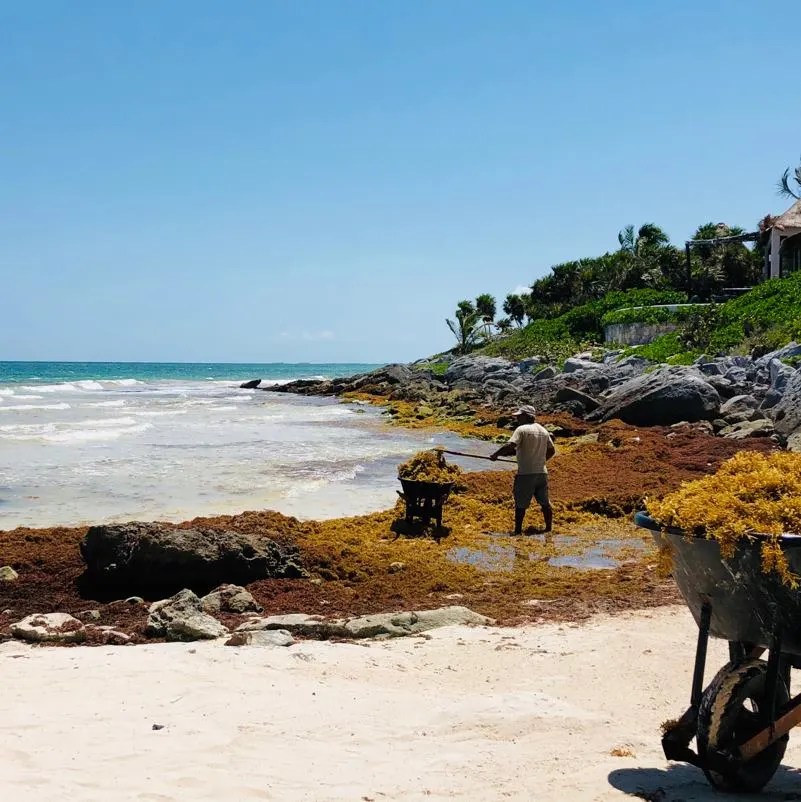
Divert Instead Of Collect
The strategy for dealing with sargassum has evolved a lot over the last 10 years. In the past, sargassum was dealt with after making landfall on the coastline by huge teams of cleaners and specialized collection vehicles.
But local authorities knew this response wasn’t enough, as each year the amount of sargassum reaching the pristine beaches of Tulum grew like wildfire.

Now, the focus is on stopping sargassum from ever reaching the eyes of travelers by diverting it at sea. An ambitious but achievable goal.
The idea is that by using extensive at-sea barrier systems that act like the bumper rails in 10-pin bowling, sargassum will be successfully diverted to outgoing currents that will naturally drag the algae out to the depths of the Atlantic Ocean.
On top of this, the continued and growing use of specialized vessels fitted with sargassum-catching dragnets will work to herd the most troublesome patches out to the same currents.
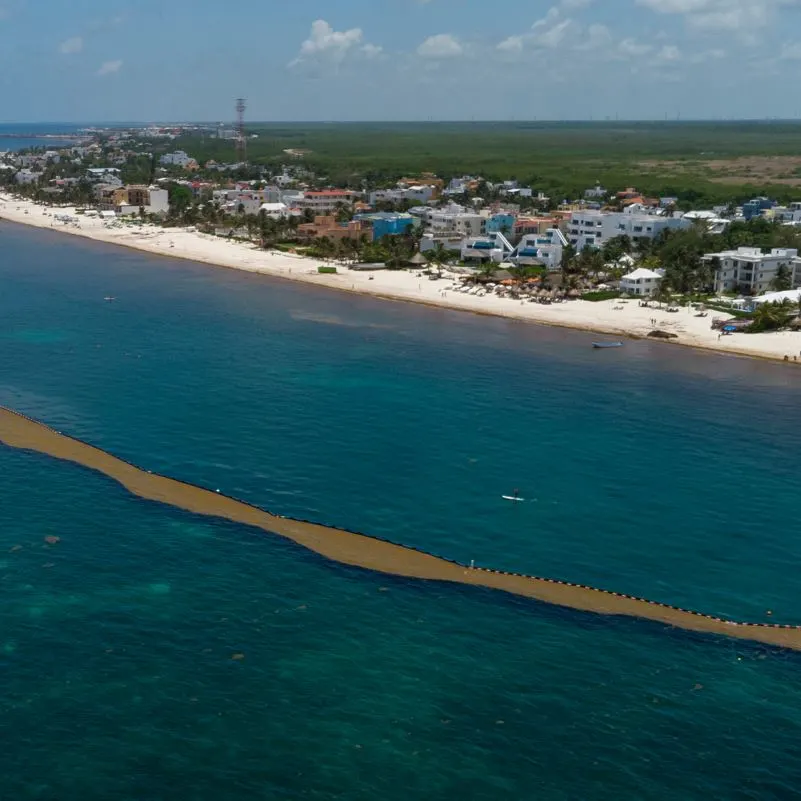
No Perfect Plan
While the authorities are taking these huge steps, and the expectation is for sargassum to become a minor issue in the near future, it must be stated that none of these initiatives will catch 100% of sargassum before reaching Tulum.
The Caribbean Sea is, like all large bodies of water, highly unpredictable. Barrier systems can be beaten by aggressive waves and strong winds, both of which are common at sea, especially during hurricane season.
So while sargassum isn’t here to stay, travelers may still have to compete with rogue patches making landfall.
The upside is that this will in the future be a lot less common than it is now. And in turn, be much easier to clean up.
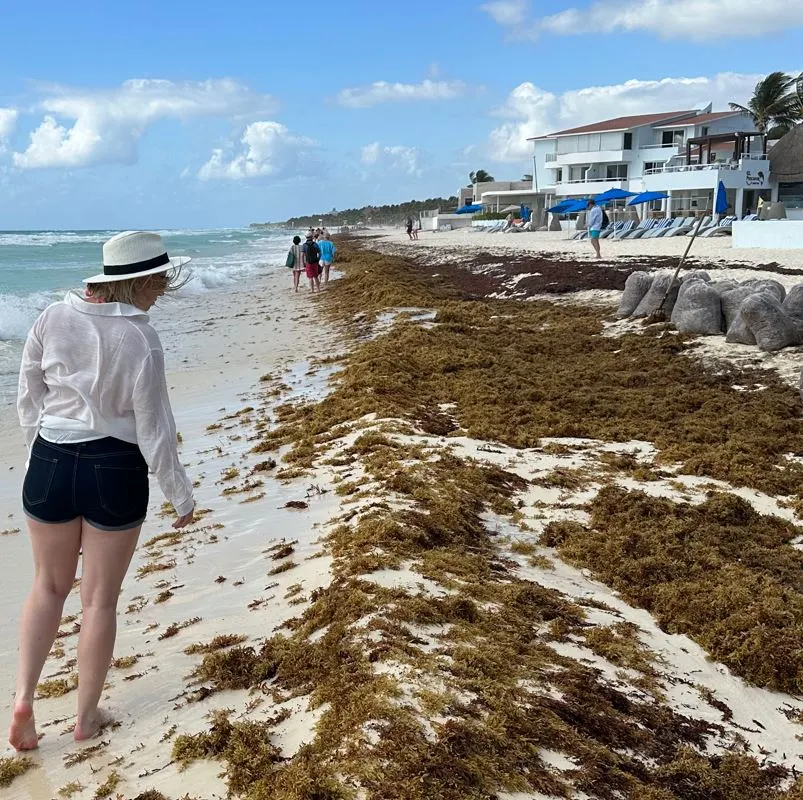
A Growing Problem
The promise of diverting sargassum away from Tulum is welcome news to travelers, but the root cause of this smelly seaweed hasn’t gone away, and the Sargasso Sea (the birthplace of these huge patches in the Atlantic) continues to grow each year.
So far, there isn’t global agreement on exactly what is causing this growth, and it can sometimes be difficult to cut through what is politics and what is science.
But, researchers in the United States have pointed the finger at the huge agricultural industry in the Brazilian Amazon.
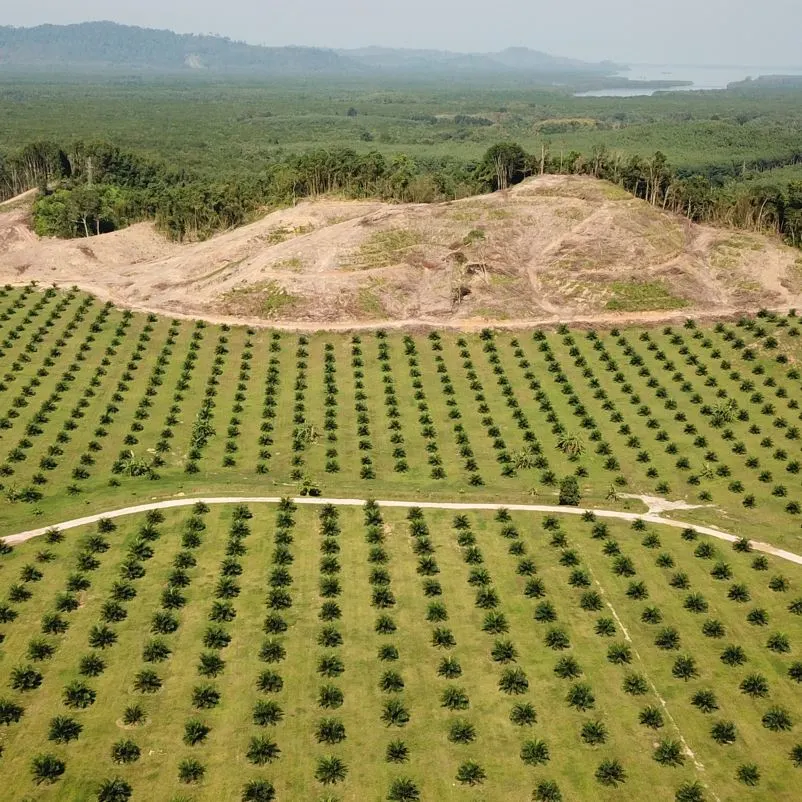
Here, huge amounts of synthetic and nutrient-rich fertilizers are used to feed production, which in turn runs off into the Amazon River.
Naturally, the Amazon River then carries this runoff out to sea, where it joins a current system that leads eventually to the Sargasso Sea. At this point, the runoff does what it was designed to do; it fertilizes the sargassum patch, causing an explosion in growth.
Research also indicates that on top of this, sewage runoff may also be playing a contributing part to the growth, acting as a natural fertilizer.
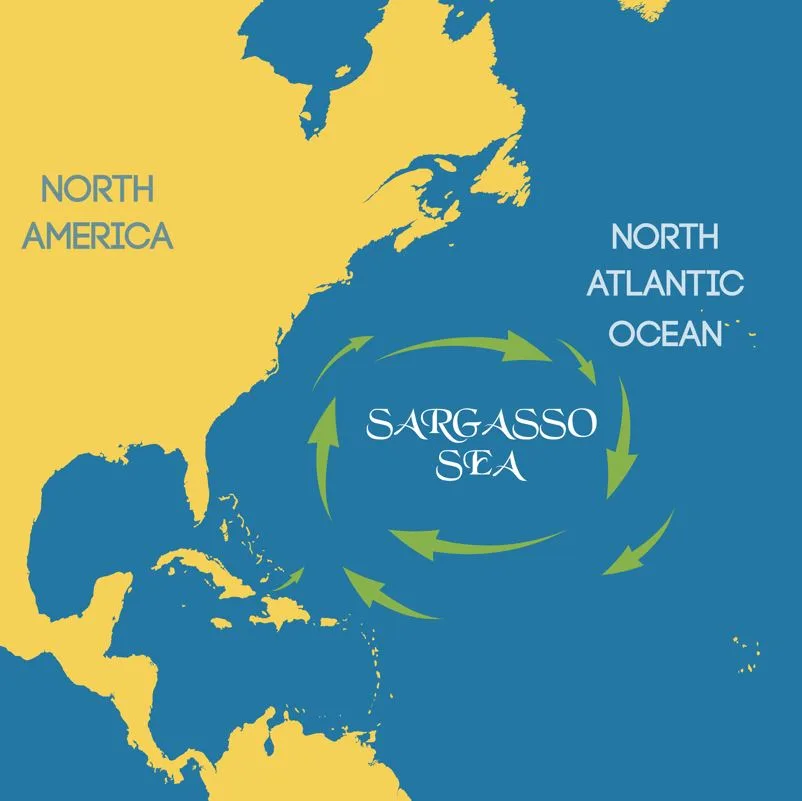
Innovation Could Find A Positive
For travelers interested in what is being proposed long-term to deal with sargassum, other than its diversion back out to sea, a potential use as biofuel has been proposed.
Furthermore, its potential as a natural product to turn into brick, as a bio-fertilizer, and even as a cosmetic ingredient have all been held up as potential uses for the algae.
Time will tell what becomes of sargassum in the long run, but at least its negative impact on tourism is at the beginning of the end.
Plan Your Next Cancun Vacation:
Traveler Alert: Don’t Forget Travel Insurance For Your Next Trip!
Choose From Thousands of Cancun and Riviera Maya Hotels, Resorts and Hostels with Free Cancellation On Most Properties
↓ Join the community ↓
The Cancun Sun Community FB group has all the latest travel news, conversations and tourism Q&A’s for the Mexican Caribbean

Subscribe to our Latest Posts
Enter your email address to subscribe to The Cancun Sun’s latest breaking news affecting travelers, straight to your inbox.
